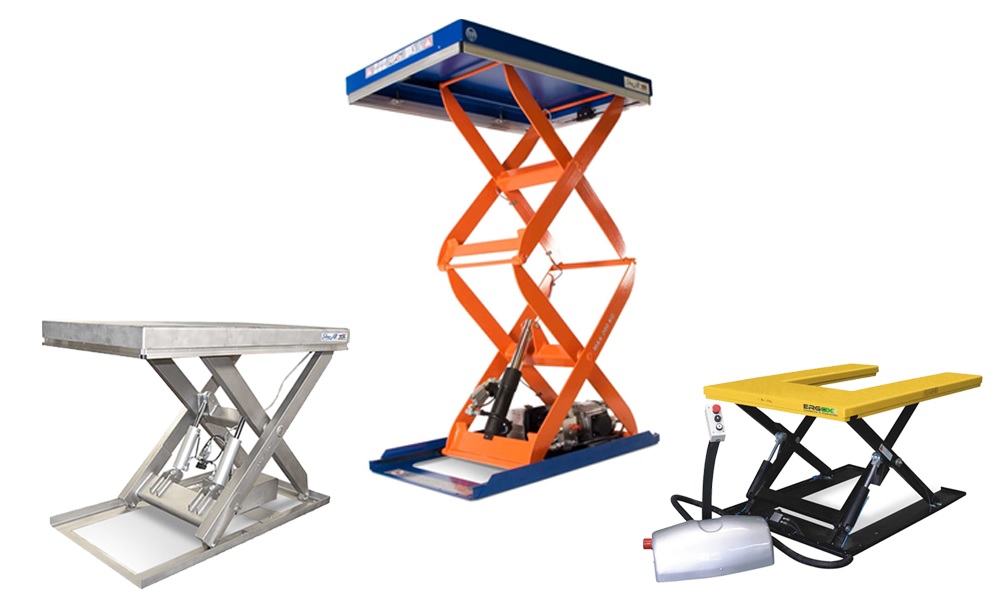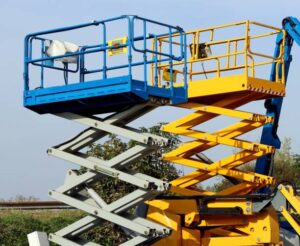In the realm of construction and maintenance work, aerial access platforms play a pivotal role in providing temporary access to inaccessible areas, particularly at height. Among these, the scissor lift stands out as a versatile and indispensable tool. In this guide, we delve into the intricacies of selecting the most suitable scissor lift for your specific application.
Understanding Scissor Lifts
A scissor lift, characterized by its vertical movement capability, operates through a mechanism of linked, folding supports forming a criss-cross “X” pattern, commonly known as a pantograph or scissor mechanism. Often referred to as an aerial work platform (AWP) or mobile elevating work platform (MEWP), these devices facilitate safe and efficient access for personnel and equipment in elevated settings.
Market Insights
Recent market analyses forecast a remarkable surge in the demand for aerial work platforms, with projections indicating a staggering $24 billion market size by 2024. This exponential growth, primarily propelled by the construction industry boom, underscores the pivotal role of scissor lifts, witnessing the most substantial spike in equipment demand.
Learn More: TOP 4 MOST IMPORTANT FEATURES IN A SCISSOR LIFT
Factors to Consider
While the notion of scissor lifts as mere lifting and lowering platforms prevails, overlooking critical factors in the selection process could lead to compromised efficiency, performance, and safety. Contrary to the common misconception of uniformity among scissor lifts, variations exist in features and capabilities tailored to distinct applications.
Cost vs. Efficiency
While upfront cost often dominates decision-making processes, it’s imperative to consider the broader spectrum of factors influencing long-term efficiency and productivity. Investing in a high-quality scissor lift equipped with advanced features may incur a slightly higher initial cost but pays dividends through enhanced performance and durability over time.
Safety Considerations
Prioritizing safety is non-negotiable in any work environment, particularly in elevated settings. When selecting a scissor lift, factors such as load capacity, stability, and safety features must be meticulously evaluated to mitigate risks and ensure compliance with regulatory standards.
Application-specific Requirements
Each job site presents unique challenges and requirements, necessitating a tailored approach to scissor lift selection. Factors such as terrain conditions, working height, maneuverability, and indoor/outdoor usage dictate the optimal choice of scissor lift model.
Learn More: 9 APPLICATION QUESTIONS TO CONSIDER WHEN SELECTING AN USEFUL HYDRAULIC SCISSOR LIFT TABLE
Conclusion
In conclusion, the process of choosing the right scissor lift transcends mere cost considerations and encompasses a holistic evaluation of efficiency, performance, and safety. By adhering to the guidelines outlined in this comprehensive guide, stakeholders can make informed decisions, maximizing productivity and safety in their respective work environments.





